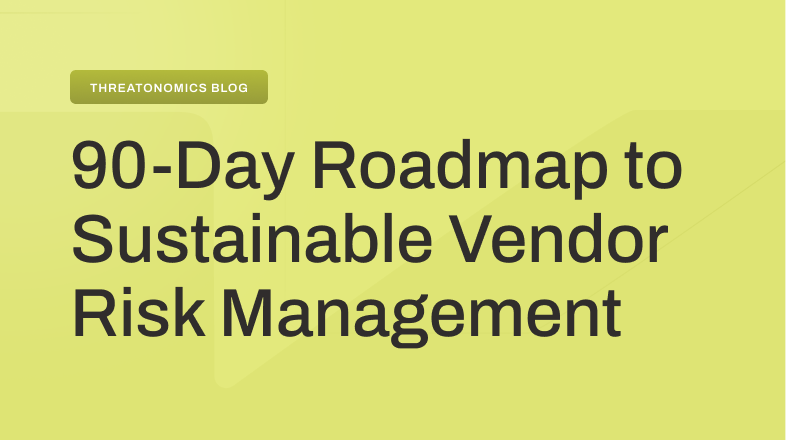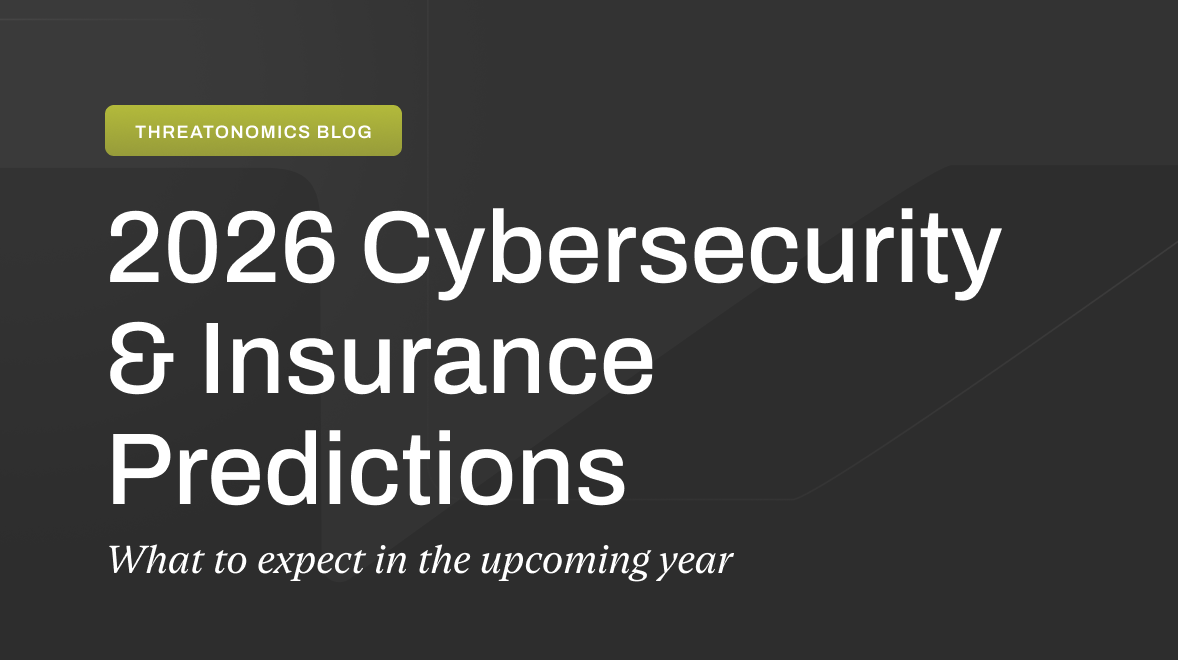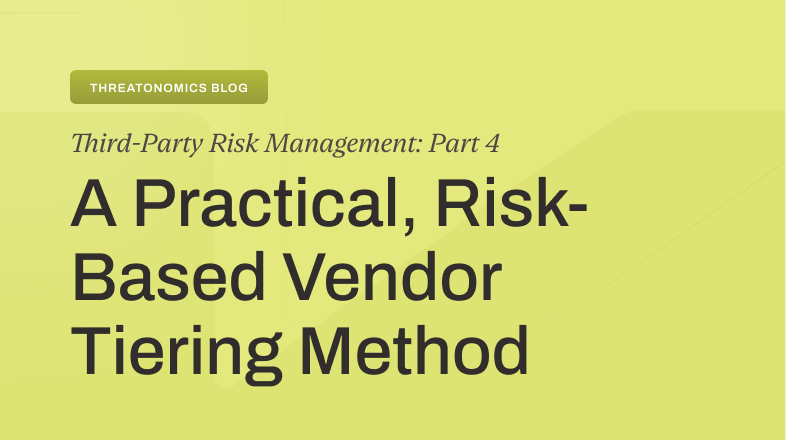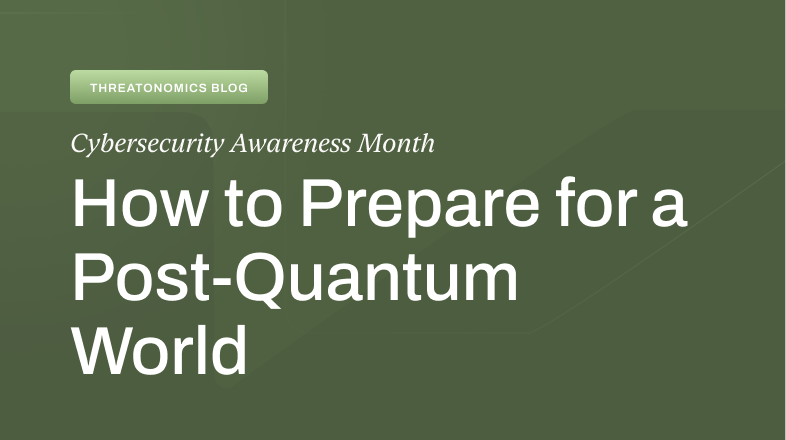Underwriting automation is revolutionizing decision-making processes in the insurance industry. In Episode 7 of the Resilience podcast, experts Bryce Goodman and Chris Finan examine the ways artificial intelligence (AI) enhances risk management, with a specific focus on underwriting within the insurance industry. Goodman and Finan shed light on the significant impact of the underwriting automation process. By leveraging AI technology, underwriters can efficiently analyze large volumes of data, make informed decisions in real time, and ultimately enhance the underwriting process.
Benefits and Advantages of Underwriting Automation
Underwriting automation involves using AI and machine learning algorithms to streamline and optimize the underwriting process. These advanced tools enable underwriters to assess risks more efficiently, enhancing decision-making capabilities.
Streamlined Data Processing and Analysis
Streamlined data processing and analysis are crucial components of underwriting automation. By using AI algorithms to process vast amounts of data rapidly, underwriters can access and analyze relevant data more effectively, increasing the speed of decision-making. With a streamlined data processing system, underwriters can efficiently handle large volumes of information, reducing the manual work and potential for errors. This quick and accurate data access improves the overall efficiency of the underwriting process, allowing insurers to process policies faster and with greater accuracy.
Practical data analysis is a critical component of risk assessment and pricing strategies. AI-powered underwriting systems can accurately analyze historical data, market trends, risk factors, and customer information, providing underwriters with a more comprehensive understanding of the context that surrounds insurance policies.
Enhanced Risk Assessment and Pricing
Underwriting systems excel at assessing risks by analyzing historical data, trends, and numerous risk factors. This technology helps underwriters uncover patterns and trends that may have been overlooked through manual analysis. This, in turn, results in more accurate risk assessments and appropriate pricing strategies.
Real-Time Decision-Making
One of the significant advantages of underwriting automation is real-time decision-making. Underwriters can access up-to-date data and make instant decisions. This not only reduces processing times but also improves the overall customer experience. The ability to respond rapidly to market conditions and changing circumstances enhances the agility and competitiveness of insurance providers. Underwriters leverage data-driven insights to deliver tailored policies swiftly, boosting customer satisfaction and market competitiveness.
Balancing Automation and Human Expertise
It is crucial to strike a balance between AI technology and human expertise. AI should be seen as a supportive tool rather than a complete replacement for human underwriters. The combination of AI automation and human expertise enhances decision-making by leveraging the strengths of both.
As AI technology continues to evolve, underwriting automation will become more sophisticated. Machine learning algorithms will continue to improve risk assessment accuracy, pricing strategies, and data analysis capabilities, further enhancing decision-making in the underwriting process.
Underwriting automation streamlines processes, reduces manual workload, and enhances overall efficiency. This increased efficiency translates into quicker turnaround times for insurance policies, ultimately providing customers with a better experience.
Ready to arm yourself with cutting-edge cybersecurity insights? Tune into the “Building Cyber Resilience Podcast.”
The Future of Underwriting Automation for Enhanced Decision-Making
So, will AI replace the underwriter? Based on our discussions and insights, we firmly believe the answer is no. The path forward is one of collaboration, where AI tools assist and augment the work of professionals, ensuring more accurate, efficient, and insightful underwriting processes. Together, AI and human expertise pave the way for a more dynamic, resilient, and innovative future in underwriting. AI will serve as a tool to support underwriters, providing valuable insights, accurate risk assessments, and real-time data. This collaboration combines AI automation’s efficiency with human underwriters’ expertise and creativity.
Underwriting AI offers benefits such as streamlined data processing, improved risk assessments, and real-time decision-making. However, finding the right balance between AI automation and human expertise is vital for optimal outcomes.
With advancements in AI technology and a collaborative approach, underwriting automation will continue to play a significant role in reshaping the future of risk management.
Are you intrigued by the potential of underwriting automation and the collaboration between AI and human underwriters? For a firsthand experience of how Resilience can transform your risk management and underwriting processes, request your free demo today.








